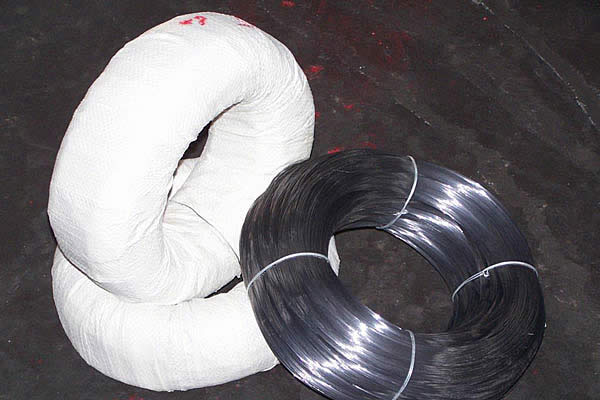 TEL:
+86-13102802206
TEL:
+86-13102802206
 Email:
fencenetting@china.com
Email:
fencenetting@china.com
 Language
Language
 TEL:
+86-13102802206
TEL:
+86-13102802206
 Email:
fencenetting@china.com
Email:
fencenetting@china.com
 Language
Language


Understanding Weld Mesh Price Factors and Insights
Weld mesh, also known as welded wire mesh or welded wire fabric, is a versatile material widely used in construction, agriculture, and various industrial applications. The price of weld mesh can vary significantly based on several factors including material type, mesh size, wire diameter, and manufacturing processes. Understanding these factors is crucial for buyers seeking to make informed purchasing decisions.
Material Type
One of the primary determinants of weld mesh price is the material from which it is made. The most common materials are galvanized steel, stainless steel, and mild steel. Galvanized steel mesh is coated with zinc to prevent rust and corrosion, making it suitable for outdoor use, but it can be more expensive than uncoated options. Stainless steel, known for its strength and resistance to corrosion, is often the most costly material due to its durability and longevity. While mild steel weld mesh is the least expensive, it typically requires additional treatment or coating for outdoor applications to prevent rust, thus adding to long-term costs.
Mesh Size and Wire Diameter
The size of the openings in the weld mesh, commonly referred to as mesh size or spacing, also influences the price. Standard mesh sizes range from 1 inch to several inches apart, with smaller openings generally costing more due to the increased labor and material required to produce them. Furthermore, the wire diameter plays a crucial role; thicker wires provide greater strength and support, resulting in a higher price point. Conversely, thinner wires are less expensive but may not provide the necessary durability for certain applications.
Manufacturing Process

The method used to manufacture the weld mesh can also impact its price. Automatic welding machines produce weld mesh at a faster rate than traditional manual methods, which can lower production costs and translate to more competitive prices for consumers. However, high-quality, specialized mesh products often undergo meticulous manufacturing processes that include additional treatments like galvanization or plastic coating, which can increase their price.
Supply and Demand
Market dynamics also play a significant role in determining the price of weld mesh. Fluctuations in demand within the construction and agriculture sectors can cause prices to rise or fall. For instance, a boom in construction activity typically leads to a higher demand for weld mesh, resulting in increased prices. Similarly, international trade tariffs on raw materials can impact costs, affecting the final price of the product in local markets.
Additional Costs
When assessing weld mesh prices, it's essential to consider additional costs that may apply. Shipping, handling, and installation often contribute significantly to the overall expense. Buyers should also factor in the longevity and maintenance of the mesh; investing in higher-quality, more durable materials may be more cost-effective in the long run, despite upfront expenses.
Conclusion
In conclusion, understanding weld mesh prices requires a comprehensive view of various factors such as material type, mesh size, wire diameter, manufacturing processes, supply and demand dynamics, and additional costs. Buyers should take time to evaluate these elements in relation to their specific needs, as well as their budget constraints. By doing so, they can make informed decisions that not only meet their immediate requirements but also contribute to the long-term success of their projects. Whether it is for construction, agricultural fencing, or industrial applications, selecting the right weld mesh at a reasonable price is crucial in achieving desired outcomes.